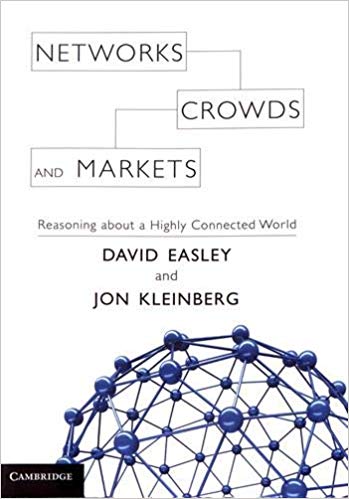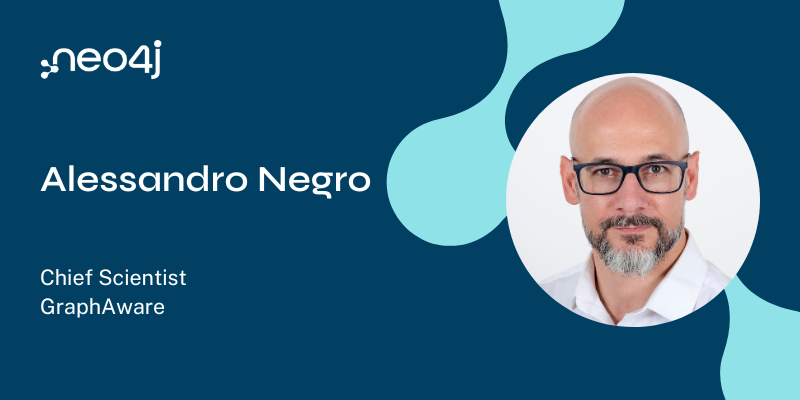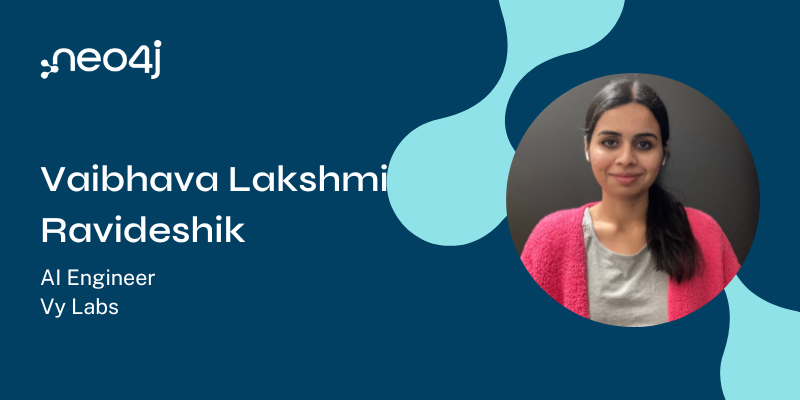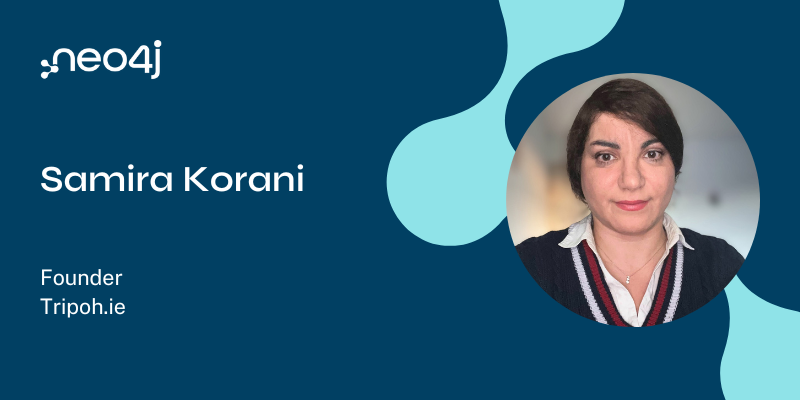This Week in Neo4j – APOC Pearls, Exploring Full-Text Search, Exploring structural balance, Graphistania v2.0

Developer Relations Engineer
4 min read

Hi graph gang,
A few colleagues and I spent a couple of days this week at the Big Data London Conference this week. I was mostly on booth duty, but also presented a variant of Amy Hodler’s fantastic Responsible AI talk.
If you’re interested in learning about some of the problems with existing AI systems and how to address them, this talk is well worth watching.
This week’s video from the NODES 2019 conference is a crash course on the APOC standard library by Michael Hunger.
Tomaz Bratanic shows us how to use full text search in Neo4j, Rik launches version 2.0 of the Graphistania podcast, and Nathan Smith explores constrained triad dynamics.
Enjoy!
Cheers,
Mark Needham and the Developer Relations team
Featured Community Member: Dr. David Bader
Our featured community member this week is Dr. David Bader, Distinguished Professor at New Jersey Institute of Technology.

Dr. David Bader – This Week’s Featured Community Member
Without doing too much ego-boosting, we can just say David is a graph-addict for a long time before it was a ‘thing’. Alongside his role as a professor, he’s a fellow of the IEEE, AAAS, and SIAM, advises the White House, and the National Strategic Computing Initiative (NSCI). David has also co-authored over 250 articles in peer-reviewed journals and conferences.
While this is all incredibly impressive, what we would like to highlight is David’s strong desire to share graph thinking with the world. If you talk to David about graphs, the conversation will likely go for hours (as most of us graph-addicts relate to).
He’s a natural thought-leader, not just in the sense of a hobby, but as a career path. As a Distinguished Professor at NJIT, he inspires growing minds to explore capabilities inside connected data (shameless plug for our educators out there: check out the Neo4j Edu Program) . David even recently brought in Mike Zelenetz to present in his classroom presenting on ‘Graphing a Hospital’.
David is regularly looking for interesting presentations in his classroom, so if you’re interested, you can contact him on the Neo4j Community Site). You can also just ping him if you’re interested in nerding about graphs for hours…just be warned, he’s really knowledgeable and passionate – you’re head may explode with what you learn. 🙂
Oh, and if you ever head over to Georgia Institute of Technology, where David used to work, make sure you check out the graph-theory inspired, 7 Bridges of Königsberg courtyard.
David, we are so grateful to have kind and giving graph-addicts like you in our community. Thank you for all that you do!
NODES 2019: APOC Pearls: The Best Tips & Tricks
This week’s video from the NODES 2019 conference is Michael Hunger’s talk about APOC, Neo4j’s standard library.
In the talk Michael describes some of his favourite features from the library including:
- Batching of large scale updates
- Importing JSON documents
- Working with maps using and collections
- Large scale refactoring
Exploring the full-text search index in Neo4j on a movies dataset

Tomaz Bratanic has written a blog post in which he explores the full text search functionality that was added in Neo4j 3.5.
Tomaz introduces the basic Lucene query language and describe how to use it in Neo4j in the context of a Kaggle movies dataset
Performance Testing using JMeter, Graph Analysis of Software Traces, Causal Clustering

- NaveenKumar Namachivayam has written a blog post showing how to performance test Neo4j using JMeter.
- In somewhat related news, Nicolas Mervaillie has written up his team’s Global GraphHack project, in which they extended JMeter to provide support for the Bolt protocol and the execution of Cypher queries, and hence, procedures.
- The slides from Richard Müller’s Graph-Based Analysis and Visualization of Software Traces talk are now available.
- Sandeep Bandaru explains how to create a new Database in a Neo4j Causal Cluster.
- Jasper Blues has started working on Drivine, a graph database client for Node.js and TypeScript.
Graphistania 2.0 – Episode 1 – This Month in Neo4j

After a 6 month break, the Graphistania podcast is back with a shiny new format, and it’s a very meta one! On a monthly basis, Rik and Stefan Wendin will review their favourite cool and innovative things from the previous 4 or 5 episodes of TWIN4j.
In the first episode they discuss:
- Estelle Scifo’s neomap – one of our Global GraphHack winners
- Scott Sosna’s analysis of US Lobbying data
- Max De Marzi’s series of blog posts about building chatbots
And several other topics, but you’ll have to listen to the podcast or read the transcript to find out about those ones!
Into the multiverse: Exploring multiple scenarios for structural balance

Nathan Smith continues to use Neo4j to explore the concepts in the Networks, Crowds and Markets book.
In his latest blog post, Nathan continues exploring structural balance in graphs, this time simulating constrained triad dynamics, using ideas from the paper Dynamics of social balance on networks.
Tweet of the Week
My favourite tweet this week was by Ryan Bruns:
It’s amazing how a little elbow grease and the right database can make everything click. Thanks @neo4j!! Loving the graph database!
— Ryan Bruns (@snurby7) November 12, 2019








